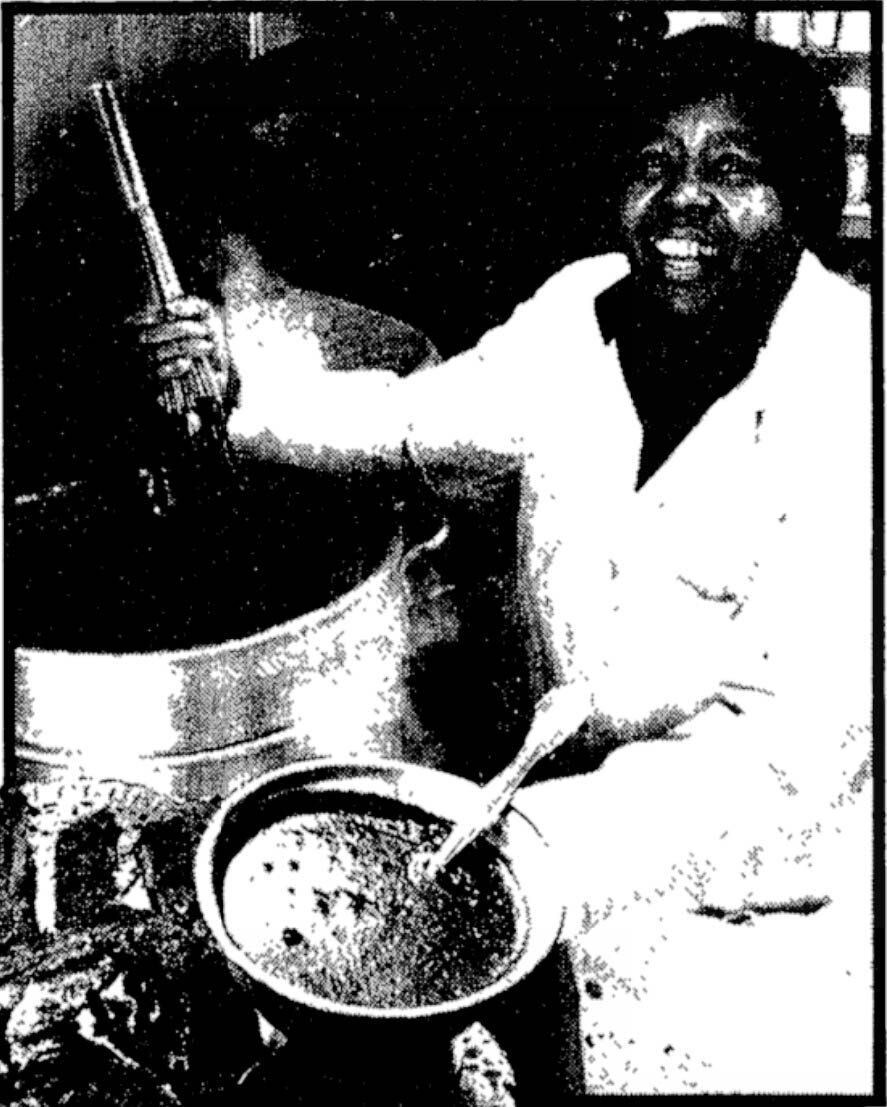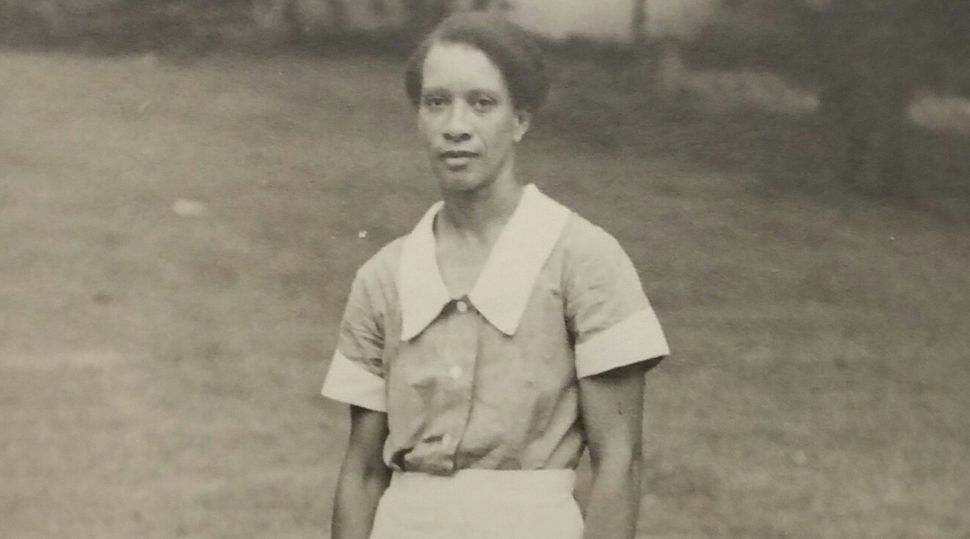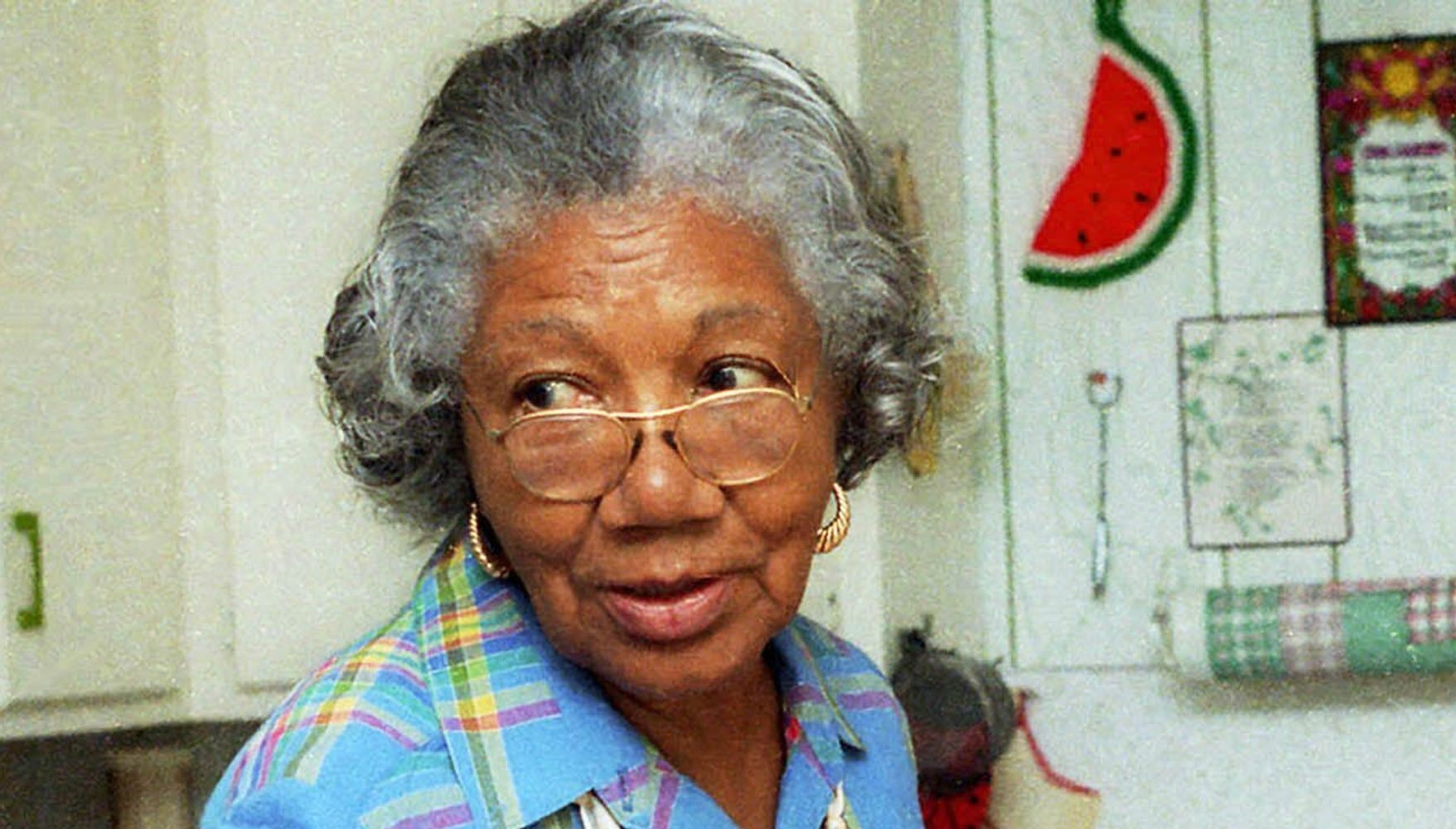[ad_1]
Before there was an official observance of Black History Month in February each year, there was Negro History Week. Carter G. Woodson and the Association for the Study of Negro Life and History led a full week of celebrating the contributions of African Americans. But too often is Black History Month a blip on the radar for most people, focusing only on the same well-known figures with little to no reverence for those who are lesser-known.
This is especially the case with African American culinary history
Food is comfort, yes, but food is also political. What we eat — and how we eat — has the ability to interrogate local food systems, inform us of the histories of foodways that have existed for decades or centuries, and answer long-held questions about how and what we’ve come to be. For African Americans, this knowledge is deepened and far more inherently complex due to the legacy of slavery.
Black people have always cooked — for survival, for sustenance, for gathering family and other loved ones together, and later, much later, for the sheer pleasure of it. Upholding and celebrating the hordes of men and women who cooked, whether free or enslaved, as home cooks, caterers or other professionals, is honoring our own murky relationship with food. Keeping their stories and names alive is one of the best ways we can focus remembrance in the most righteous of ways.
Here are six unsung heroes of the Black culinary past:
Cleora Butler
Butler came from Texas in the 1920s to make Tulsa, Oklahoma, her new home. She was offered a position cooking for the Charles Robertson family, putting to the test all of the cooking lessons she absorbed from her mother, Martha Thomas. For roughly 60 years, Butler built a reputation for herself as one of the most renowned and most in-demand cooks and caterers in Tulsa. In 1961, she opened Cleora’s Pastry Shop and Catering, a storefront of sorts for her specialties, such as sourdough French bread and baked fudge, but she had to close it five years later when her husband became ill.
Butler’s cooking and baking is representative of a blend of many influences, particularly regional ingredients and Southwestern cooking techniques. Toni Tipton-Martin writes in her latest cookbook, “Jubilee,” that there is a clear reason for this: “Like other migrating African American families, Cleora’s people were lured to the West, to Indian Country, by the promise of free land, liberty and self-sufficiency.”
In early 1986, Butler’s first and only book, a posthumous memoir composed of stories, menus and recipes, was published — a year after her death. (Image above)
Cleo Johns

A catering pioneer in her own right, North Carolina native Cleo Johns created a lasting legacy in the Northeast. For most of her career, Johns resided in Maplewood, New Jersey, with the bulk of her clients in New York City. Her business, Cleo’s La Cuisine, routinely catered to up to seven events a day with anywhere from 30 to 4,000 people. Some of her customers’ favorite dishes included stuffed mushrooms with hollandaise sauce and her chicken Kiev.
Therese Nelson, a Black culinary historian, food writer and caterer, said Johns’ industrious spirit has both intrigued and inspired her.
“Catering was the culinary battle ground for Black agency and authority in American gastronomy,” she told HuffPost. “And as a caterer, I’m always on the lookout for those names because they give us the receipts of culinary excellence that assert our legacy in this industry before it was respectable, lucrative and revered work.”
Duchess ‘Charity’ Quamino
Her frosted plum cake is what earned her the everlasting title of “Pastry Queen of Rhode Island,” as the story goes. There is more to the life of Duchess “Charity” Quamino, however.
Quamino is said to have been originally from Ghana and enslaved in Newport, Rhode Island.
“We know as a young woman she was enslaved in the Channing household,” Keith Stokes, vice president of Newport’s 1696 Heritage Group, told HuffPost. ”There, she cooked, learned to be a cook and cared for the children. The house that she lived in at that time being enslaved still stands.”
The Channings were an elite family, and due to those connections, Quamino often cooked and catered for other elite families and events in Newport. As a free woman, she continued cooking and baking. In colonial New England, specifically Newport, Rhode Island, Quamino is just one of a legion of African culinary entrepreneurs who took their cooking and baking prowess and turned it into full-fledged businesses in order to support themselves independently post-enslavement.
Cuffy Cockroach
Often credited with being the connoisseur of cooking turtles, Cuffy Cockroach was known for cooking turtle soup in Newport, Rhode Island, a long way from his home in the Guinea Coast. Turtle and rum feasts were common during the colonial era in New England. Rum in particular was inextricably tied to the transatlantic slave trade, which kept the region financially afloat.
Cockroach has become legendary for cooking his turtle soup at a party on Goat Island in 1767, according to food writer and historian Michael Twitty, who manages the blog Afroculinaria. Storied tales about that party circulate every year during Christmas in Newport, even to this day.
Daisy McAfee Bonner

The story, life and culinary achievements of Daisy McAfee Bonner exist in the same plane as countless other free and enslaved African Americans who have quietly cooked for presidents for decades. Adrian Miller, in his James Beard award-winning book “The President’s Kitchen Cabinet,″ amplifies the names and stories of these underscored culinarians, including those of Bonner.
Originally from Fort Valley, Georgia, Bonner was President Franklin D. Roosevelt’s primary cook at his second home in Warm Springs, Georgia. Bonner was loaned to FDR from a wealthy local family.
“Bonner took every opportunity to get FDR hooked on Southern delicacies like fried chicken, broiled pigs feet, turnip greens, hush puppies, and cornbread,” Miller writes in her book.
Sarah Estell
On 5th Avenue North near Nashville’s Art District in Tennessee, there’s a historical marker memorializing the legacy of Sarah Estell, who was a free Black woman and culinary entrepreneur. Ice cream was Estell’s claim to fame. Between the 1840s and the 1860s, when ice became widely available on the east coast thanks to new trade routes opening up, Estell used the new resource to her advantage. Her flavors ranged from the typical vanilla to Parmesan to rye bread-flavored ice cream.
City records point to her boarding house conveniently located next to McKendree Church in Nashville. As throngs of people filed out of services, she sold her specialty flavors and other sweet treats. The bulk of her customers were city workers — police officers, firefighters and politicians. Estell also made a significant amount of money catering for parties and other events throughout the city.
[ad_2]
Source link

